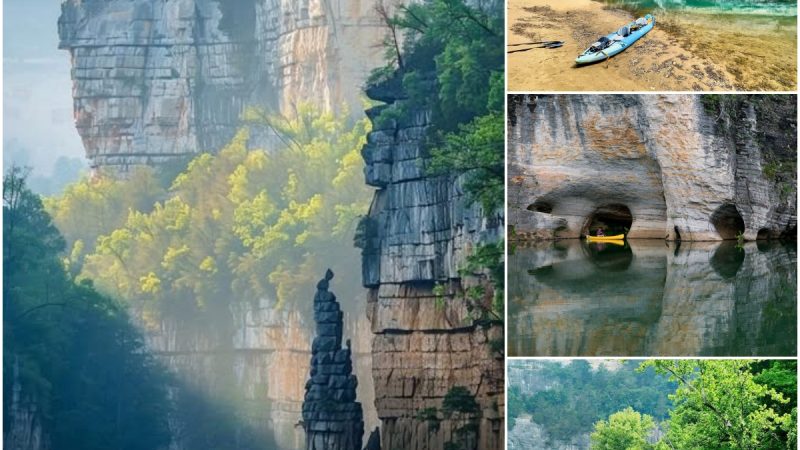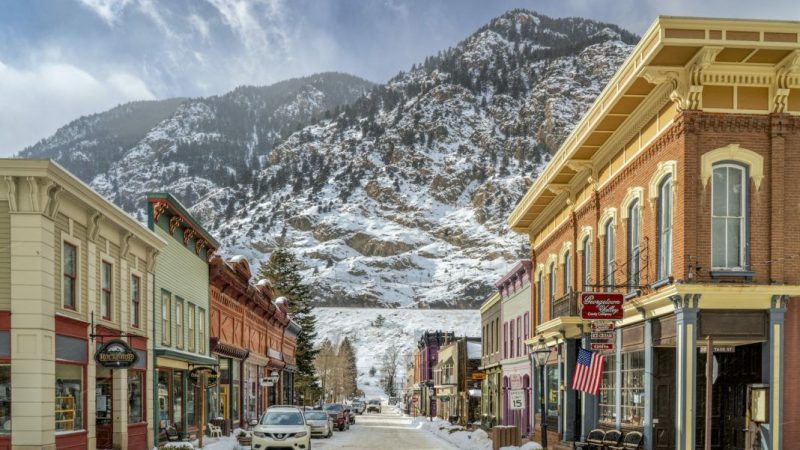
When one envisions Arizona, thoughts often turn to dry, windswept deserts—a landscape that challenges the human spirit with its harsh, sun-baked expanses. This southwestern state has long been the setting for countless Hollywood westerns, a place where individuals sought their fortunes through ventures such as silver mining. Arizona epitomizes the spirit of independence and adventure that defines the American frontier.
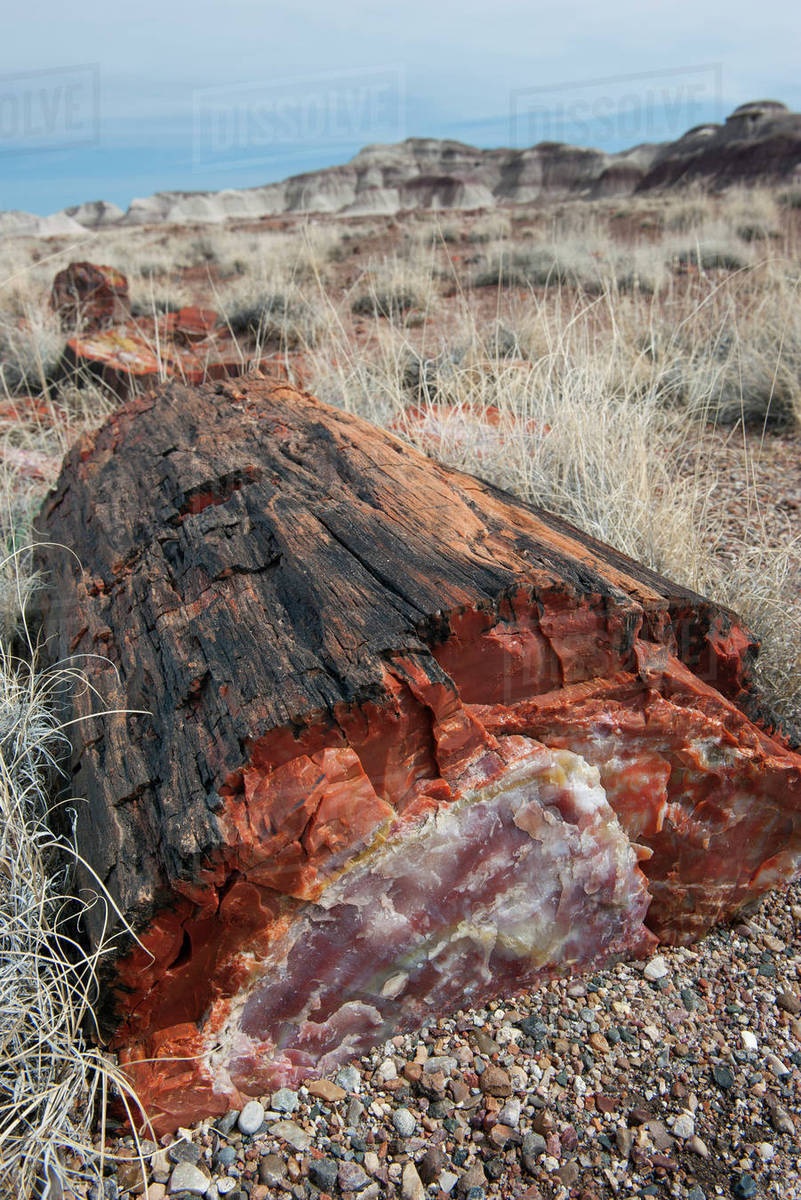
Yet, long before it became an arid desert, Arizona was a land of lush forests and wooded stretches. Today, this remarkable transformation is preserved in the Petrified Forest National Park, nestled in the northeastern part of the state. This article invites you to delve into the fascinating story of Arizona’s petrified wood, a window into the distant past, and the captivating Petrified Opal Tree Trunk, a 225-million-year-old wonder.
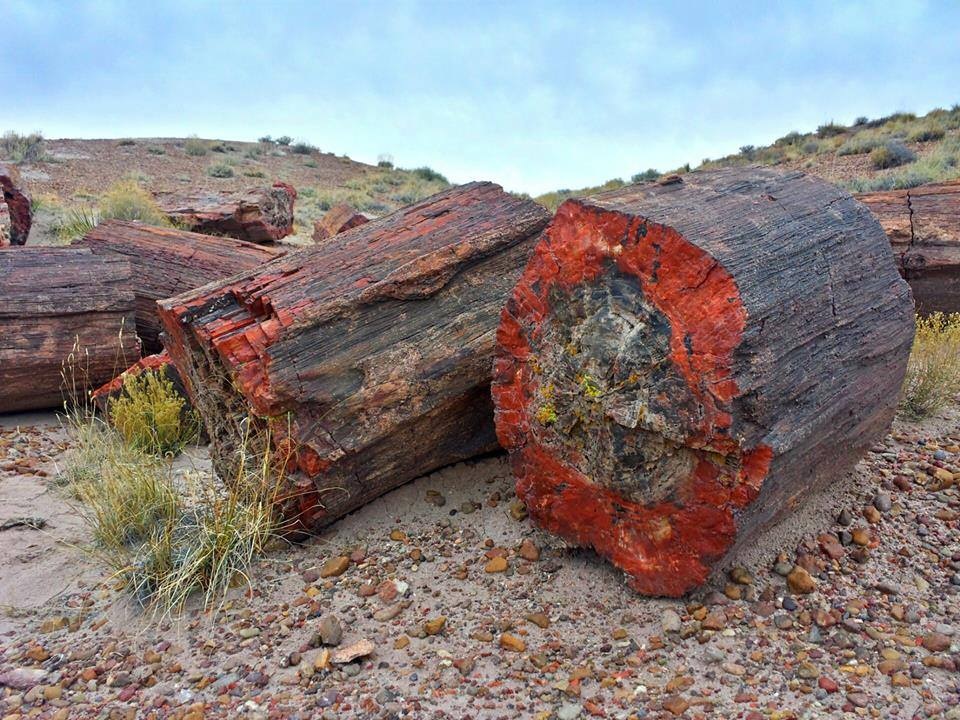
Arizona’s petrified wood has its roots in the Late Triassic period, approximately 225 million years ago. During this time, the state was very different from the arid landscape we see today. It was a lush subtropical forest teeming with ancient conifers and other plant life.

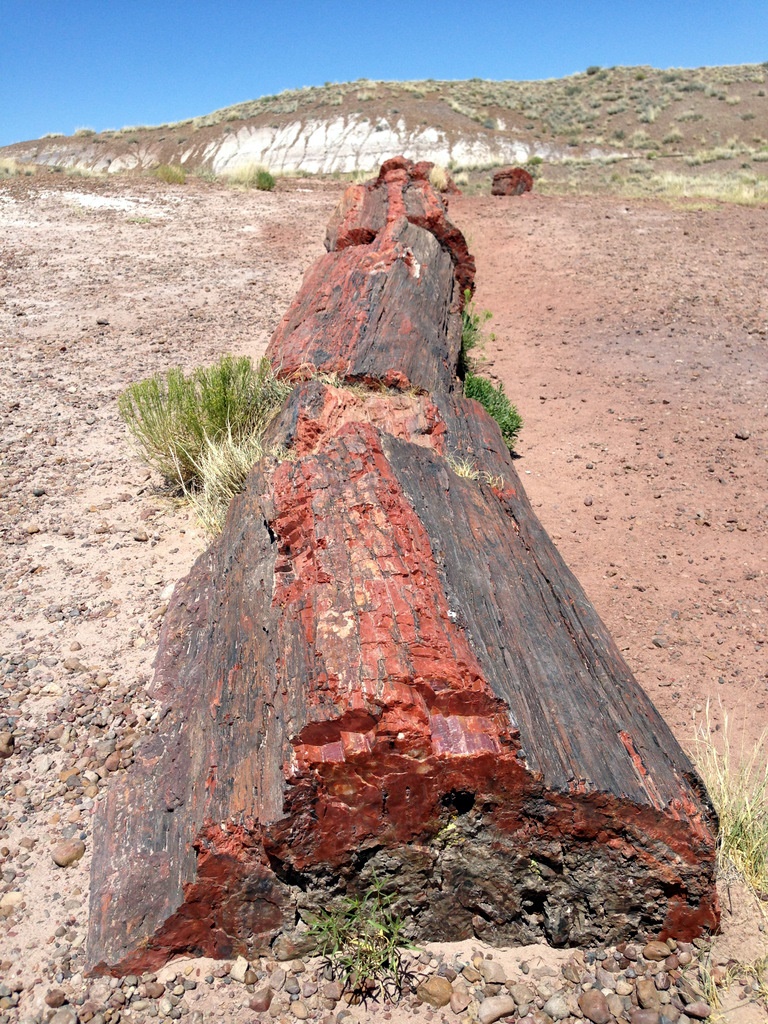


One of the most extraordinary discoveries in the Petrified Forest National Park is the Petrified Opal Tree Trunk. Inside this ancient tree trunk, opal—a semiprecious stone renowned for its beauty and used in jewelry—lines the interior in striking patterns. This find, made in March 2020, adds another layer of fascination to this already remarkable place.

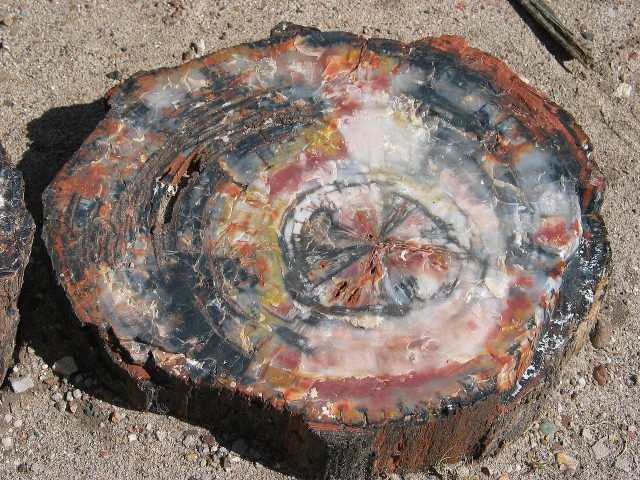
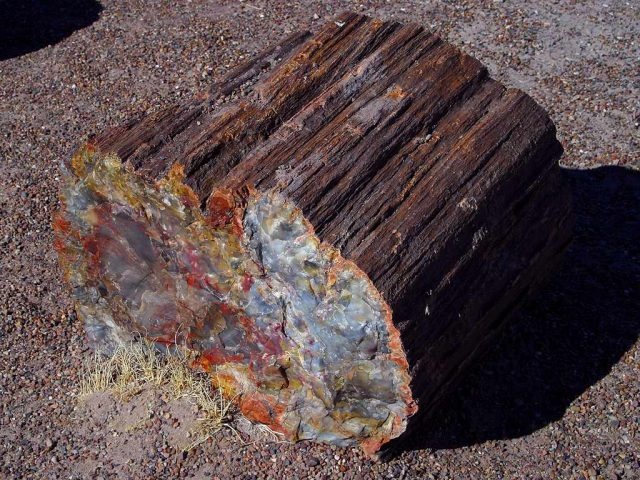

The Petrified Opal Tree Trunk and the petrified wood of Arizona’s Petrified Forest National Park are living testaments to the dynamic nature of our planet. They remind us that landscapes evolve, forests transform into deserts, and the Earth continually reshapes itself. Whether you visit as a tourist or a researcher, this unique natural wonderland offers a captivating journey through time, a glimpse of Earth’s ever-changing history, and a profound appreciation for the intricate beauty that can emerge from the forces of nature.
